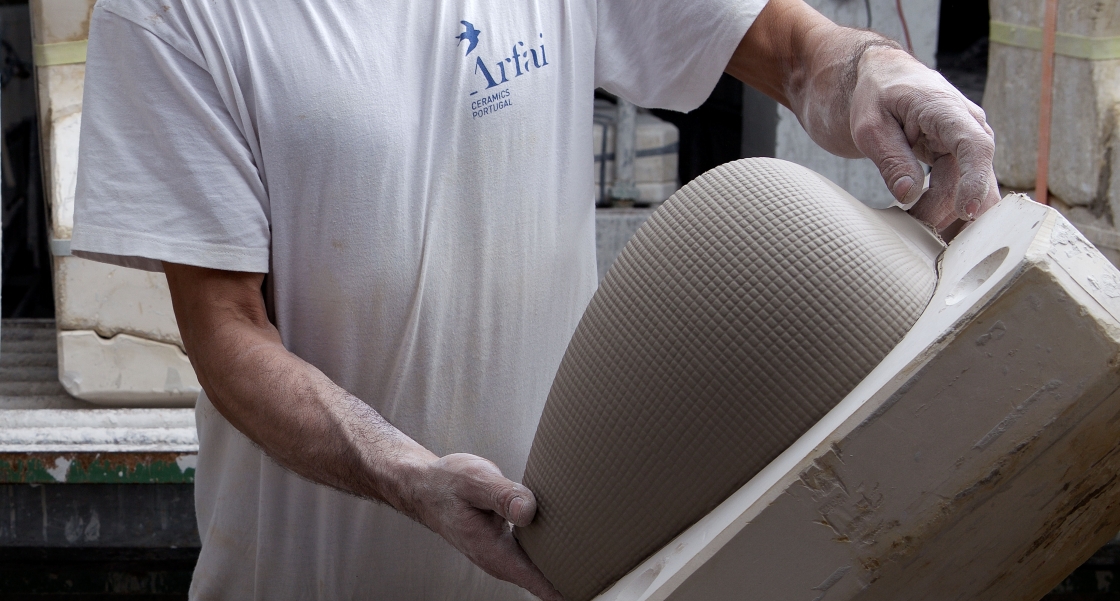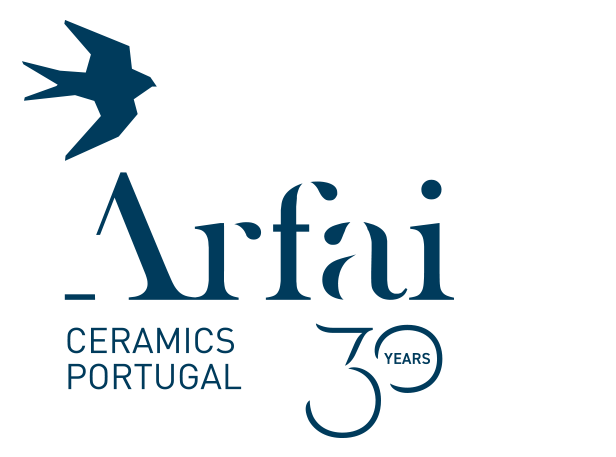
From beautiful works of art to cutting-edge design pieces or to simple-function items – coming from the earth, ceramics is a humble material that has this one single, but fundamental characteristic that allows the clay to be transformed into almost anything: plasticity. When added to water, the clay becomes plastic and so flexible to assume different sizes, shapes, and colors.
Specialized in earthenware, Arfai works on a daily basis with this beautiful transformation process, that plays both with natural elements, as water and fire, and with the talented hands of those who work with it. But how does it all happen? Let’s understand it, step by step.

1. All starts with an idea
With the idea transferred into a technical drawing, the first steps are with the molder, who creates the first shape of the piece in plaster, to then create a mother mold, and finally a production mold. A production mold is the negative of the piece and the tool that will allow the clay to gain the desirable shape. In a conformation process known as drain casting/filling, these molds are filled with liquid clay. The clay is left to dry, while it creates a wall along the interior surface of the mold. Later on, the mold is turned upside down to pour the excess of liquid – another time for drying and the mold is finally opened to take the piece out.

2. Soft and Smooth
After some drying, the piece must be cleaned – with simple tools as knives and sponges, the excesses of clay are removed, while the surface made smooth and homogeneous.

3. Firing Time
At this stage, we have the piece soft and clean but fragile. With the kiln above 1000 degrees, the piece is fired for a couple of hours to finally become biscuit – a specific ceramics stage in which the piece obtains a white color and rough surface, and loses plasticity to gain resistance.

4. Decoration: Creativity is the limit
Either going to Painting section first and then to Glazing, or going directly to the Glazing section where, by traditional dipping or spraying, the piece is glazed – it is here, at this stage, that ceramics obtains its differentiative factor. In any of the above, the piece is finally taken to a second fire, gaining color, impermeability, and character.

5. From Arfai, to the world.
After the kiln, the piece is checked, packed safe and loaded in trucks or containers to reach different corners of the world.
Is this too basic?
Complement this information and check photos of the ceramics production process, or contact us to get Arfai Technical Brochure, where one may find further information on how we produce our ceramics.

